304) Research the 2012 Mayan Prophecy 21 Dec 2012
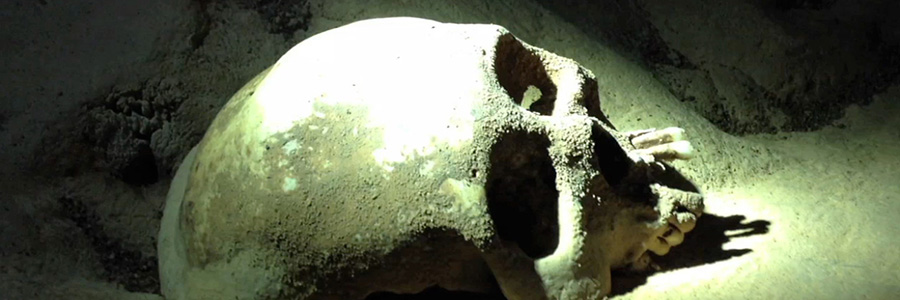
Well here we are on the morning of December 21st, the end of the Mayan long-count calendar, and the alleged ‘end date’ of the world as we know it, and everything’s looking pretty peachy in Toronto. Doomsdayers across the globe should be re-emerging from their expensive bunkers and cave hideaways just about now, miffed and perplexed and feeling slightly ridiculous.
Twitter was ablaze all night with hilarious Mayan puns that kept us giggling into the late night. (I love how social media brings society together in times of international crises.) Some of my favourite tweets from the night:
“NASA has confirmed that December 21, late afternoon, the sky will become very dark. It is an interesting phenomenon called “night.” #mayans”
“If the #mayans knew how to predict the future, there would still be mayans.”
“We’re all dead in Australia, but there is wifi in heaven so it’s all good.”
“#mayans are currently seen hiding in a Ugandan cave of shame.”
Twitter jokes aside, the Mayans are without a doubt a fascinating topic of discussion. Over the year we’ve had the chance to learn much about this highly skilled and intellectually advanced society; we’ve sat and visited with Mayan families in Peru, explored ancient Mayan caves in Belize, read books, watched docs, and had lengthy discussions with our Mayan tour guides. In everything we’ve learned, nothing in Mayan history points to an eminent doomsday scenario. That’s just Hollywood.
Ernesto our Peruvian tour guide said it best: “The end of the Mayan long-count calendar is nothing to fear, but something to celebrate. My ancestors believed that the date (Dec 21, 2012) would usher in a new period of enlightenment. I don’t know what’s to come. But I welcome the change with open arms.”


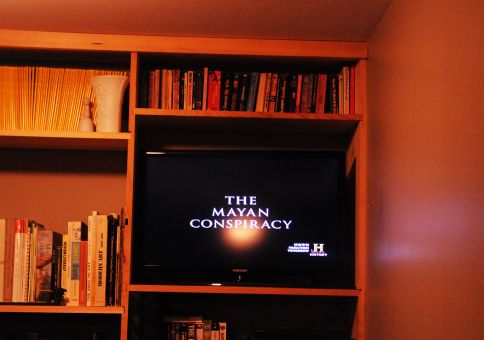
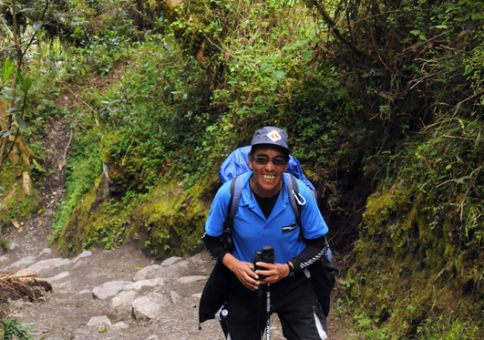
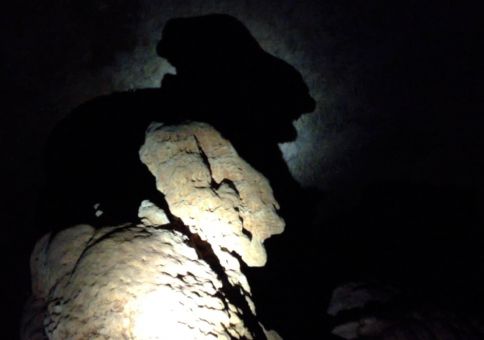
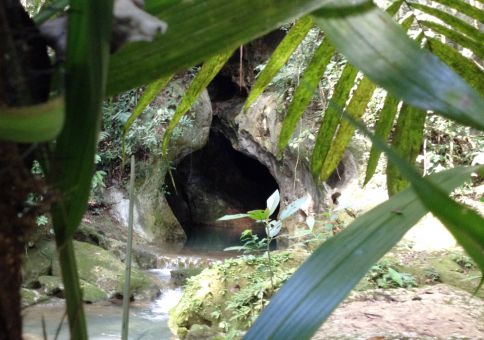
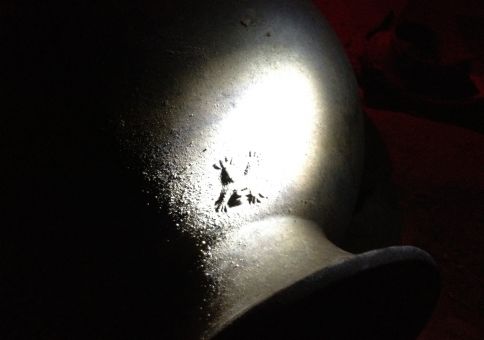
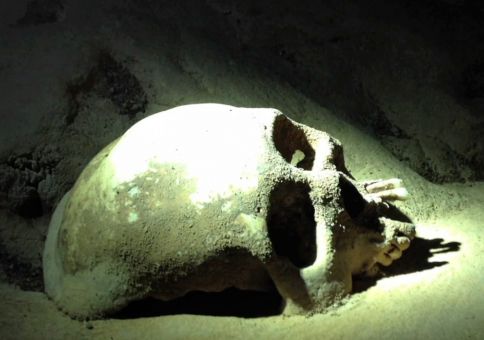
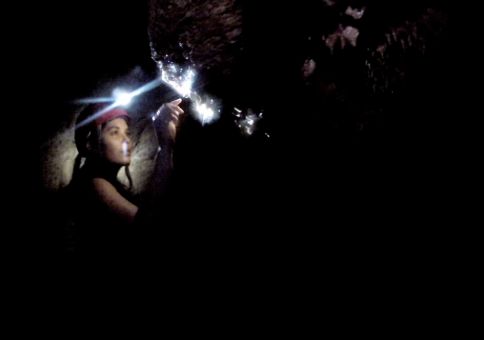
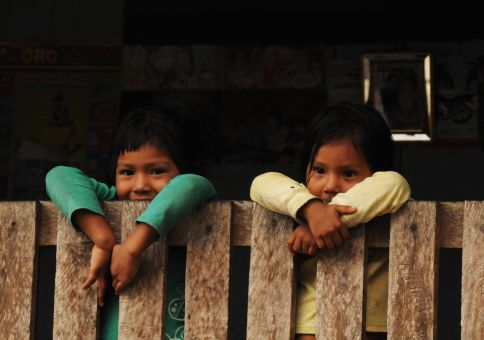
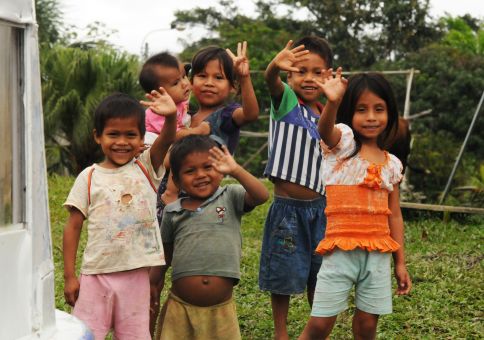
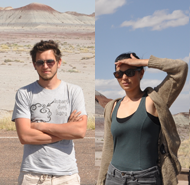
Pingback: 365 things in 365 days » Blog Archive » 6) Make hot chocolate with real chocolate